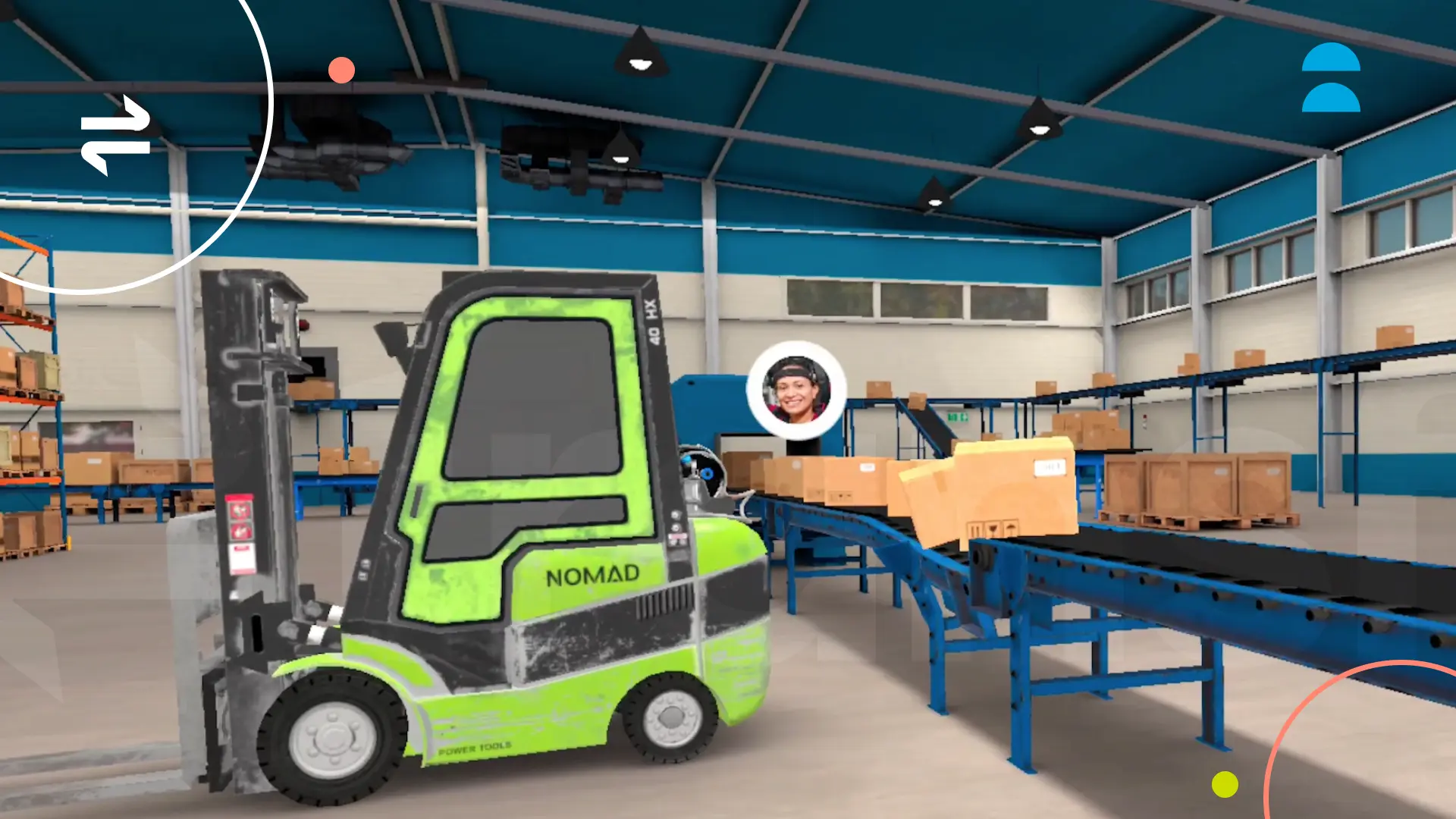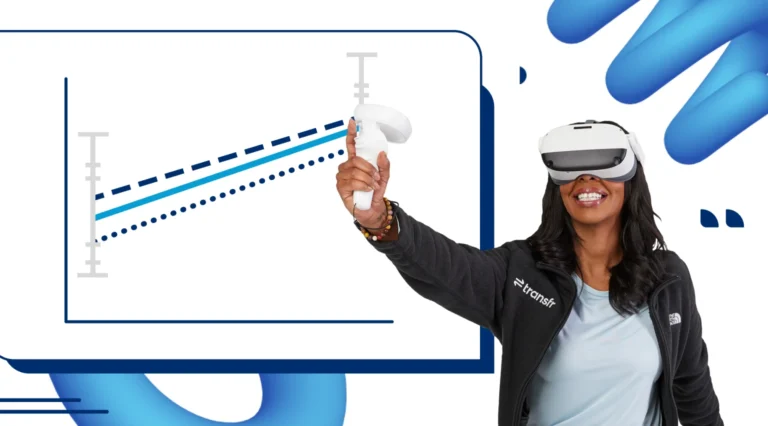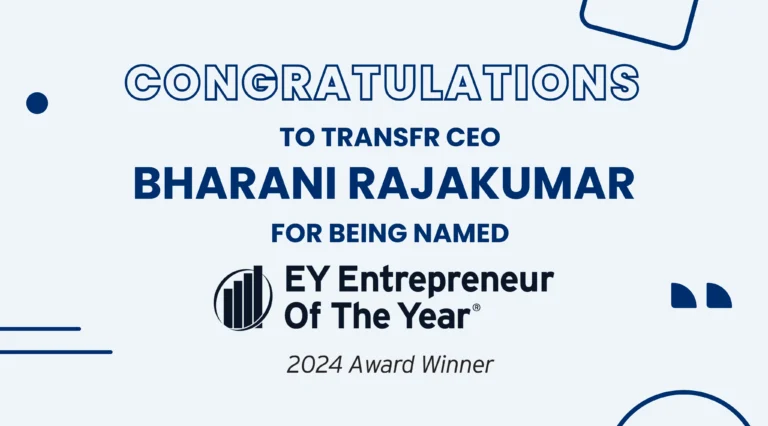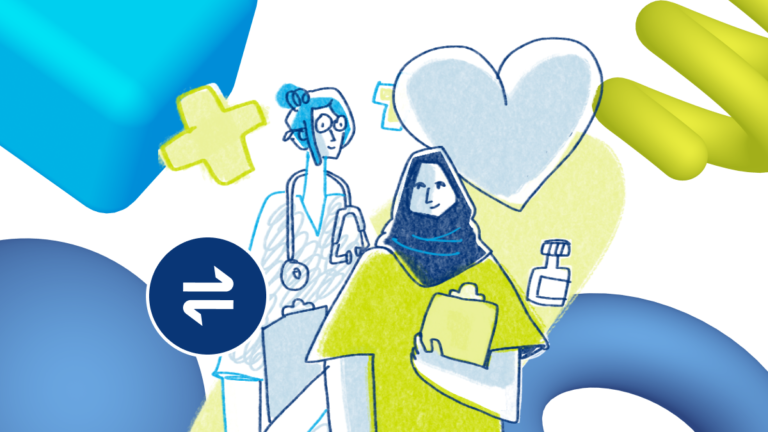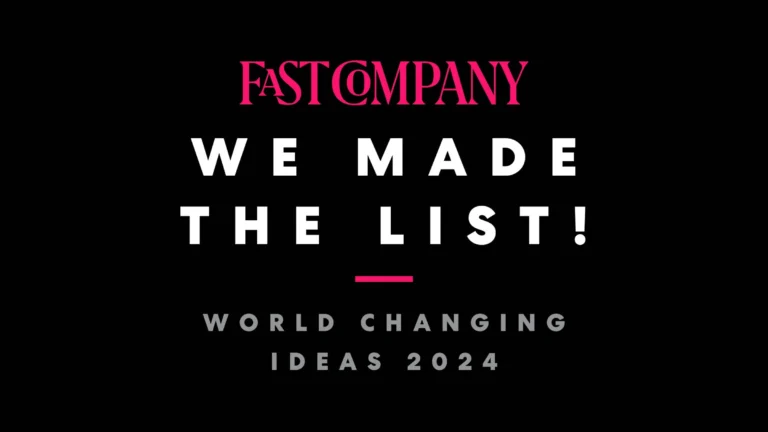If you’ve been around the K12 education space at all (or have kids or can remember being one!), you’ll attest that it’s never too early to start thinking about your career and your career pathway. Going from a wide-eyed high schooler to a seasoned professional is a long and twisty road (as Transfr’s VP of Learning Intelligence, Yun Jin Rho will tell you).
Technology can give schools and youth organizations a powerful new tool to help engage young people and connect them with meaningful jobs in high-growth industries that pay well and boast upward mobility. We sat down on Upward, the Transfr podcast with Ryan Ott, Executive Director of Big Ideas (a Minnesota nonprofit specializing in helping young people get into trade jobs), and Amanda Longtain — Director of Economic Development at Transfr who has spent much of her career helping people escape cycles of generational poverty.
“I’ve worked in education for 18 years,” Amanda says. “I’ve designed anti-poverty programs for Transfr by either scaffolding our technology into existing curricula or designing programs from the ground up.”
Amanda and Ryan talked about the importance of career exploration and connecting young learners with high-quality career paths as well as how VR can help drive interest in these roles and give young people hope for future career success.
Driving excitement for the skilled trades with VR
While not every young person can afford the same access to new technology, many young people are highly interested in computers and VR (and many young people own or have access to a smartphone). Transfr has discovered in many efficacy studies — and Ryan corroborates with his experiences in the field — that VR can be a compelling addition to a career exploration program:
“Young people now are really into gaming, they’re brought up on the internet, with all this digital technology,” Ryan says. “At Big Ideas, we kind of talked about that it’s like ‘The Matrix’ and we want to bring them into the real world.”
Technology allows the Big Ideas team to connect with young learners and meet them where they’re at. Many young people think that jobs in the skilled trades (carpentry, construction, electrical work, etc.) are old-fashioned and may not be considering them as career paths. Big Ideas is constantly on the go, using their custom trailers to bring the excitement of VR and trade jobs to schools. Simulations and conversations with real-life tradespeople on-site can be a powerful combination, leading students to reexamine professions they might not have thought seriously about.
“I’m a licensed contractor — everybody we deploy as staff in our events is — so when we’re talking to people, we have firsthand knowledge about different skilled trades,” Ryan explains. “We offer VR exploration into skilled trades for younger age groups, just to get them motivated, get them interested, give them an idea what the trades look like.”
Real people driving real change
VR needs to be part of a robust web of services and interactions that drive career pathway selection to make real changes in the way people learn about and choose careers. Ryan and his team leverage their decades of experience in the skilled trades to have real conversations and make real connections with young people who may be looking for direction and have questions about how to build their careers.
Ryan’s career journey was far from smooth, so getting to share his story with young people facing an uncertain job market and changing work landscapes is meaningful for him and helps him connect with students.
“We went back to my high school and I got to work the event, which was good for me,” he shares. “Of course, it’s all new faculty and staff, but at the end of the day, the shop teacher said, ‘Hey, you know, we’ve got this one kid, who sometimes shows up and sometimes doesn’t, he rarely participates, you know… And as I was watching them walk out to the VR trailer, I was thinking, this is a 50/50 shot, this kid is either going to leave for the day or go in the trailer… And when he stayed, the shop teacher was like ‘This is the first time I’ve seen this kid participate during the whole class. You guys captured his imagination.’”
Virtual reality combined with real professionals and human connection has the potential to change the entire course of someone’s life. Ryan’s conclusion to the shop teacher story drives that home:
“The shop teacher saw us talking to his student and he stayed to try out the simulations. That was powerful for that teacher. I think that’s the value of real people having real conversations.”
Inspiring learners, building a brighter future
Connecting with students and job seekers of all ages is a huge hurdle for career counselors, teachers, administrators, and everyone else who tries to help people find their unique path to a meaningful career. Experiences like the ones Big Ideas provides, using skilled tradespeople and VR simulations, don’t just inspire people to pick a career path — they also give them hope. To do their best, people need to believe a better life is possible. With people like the Big Ideas team out there, maybe there’s a little more hope in the world as well.
“One of the things that we talk about at Transfr is how these experiences also provide a learner with hope,” says Amanda. “Even though hope is hard to measure, it’s literally what pushes us forward to that next step.”
